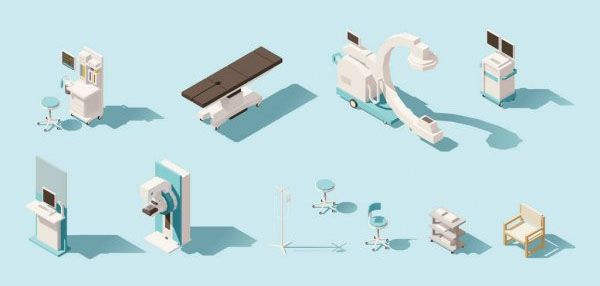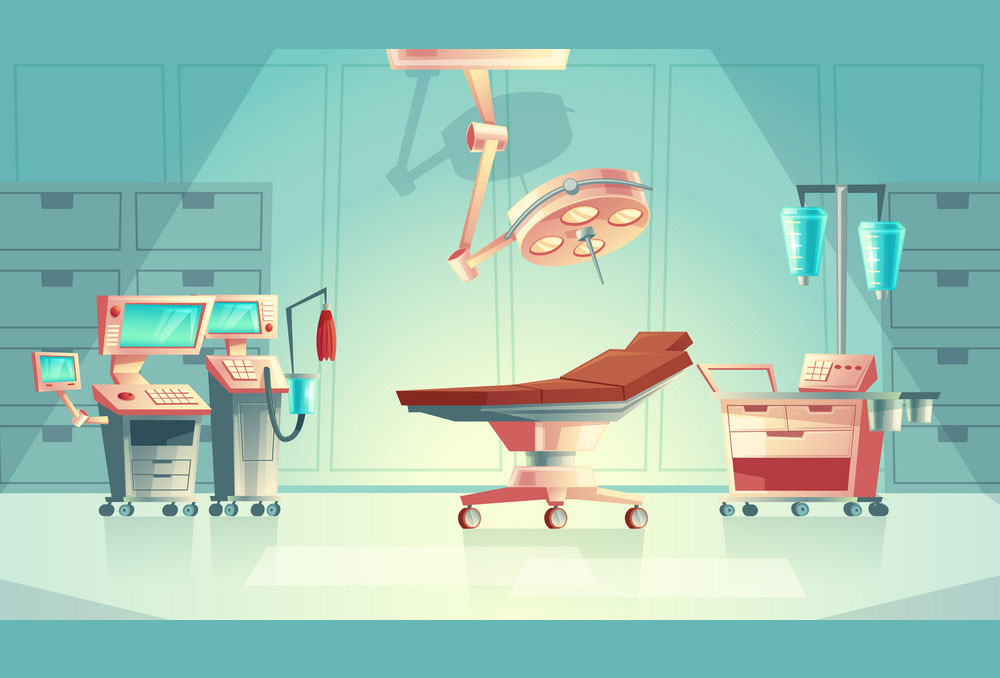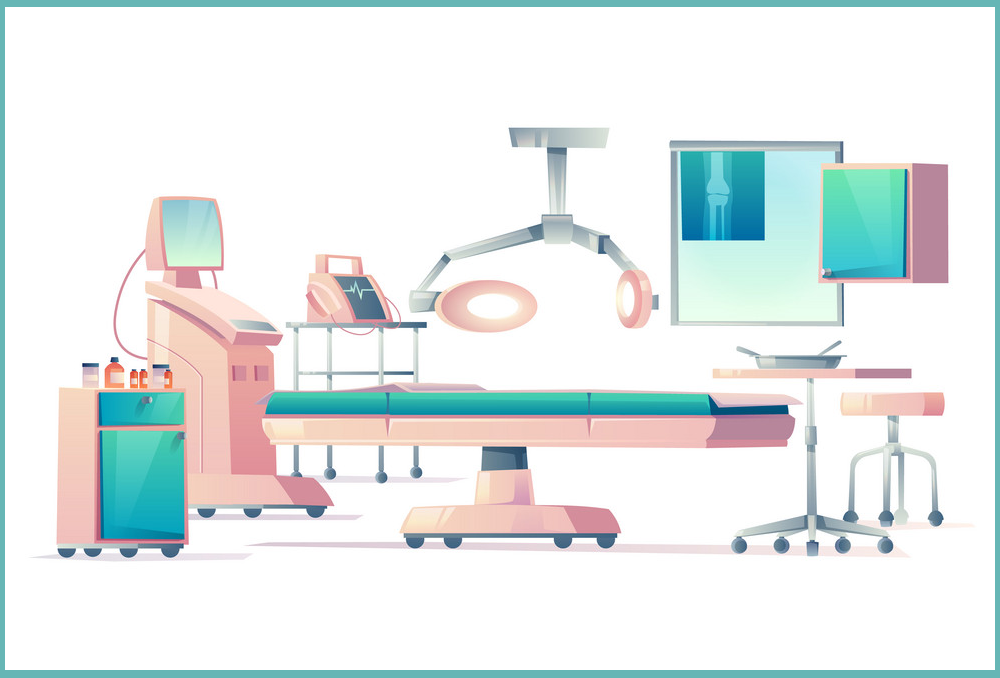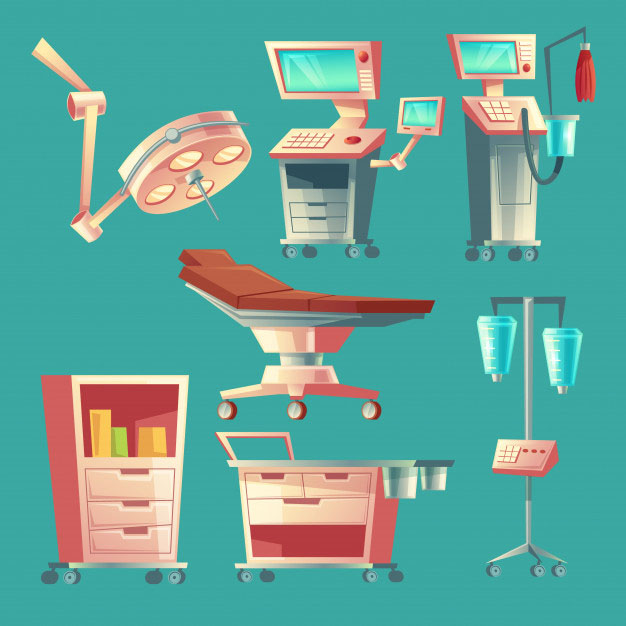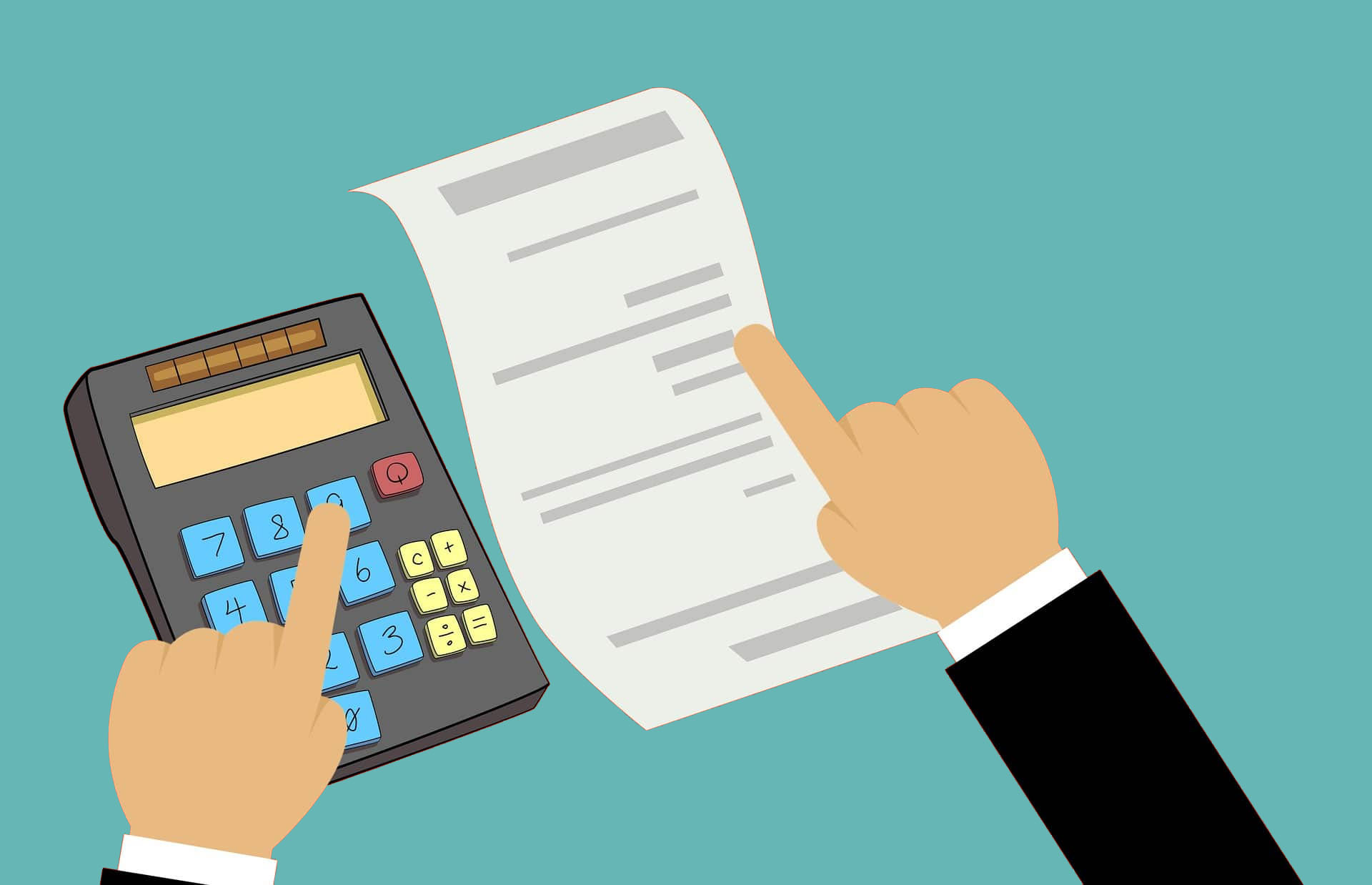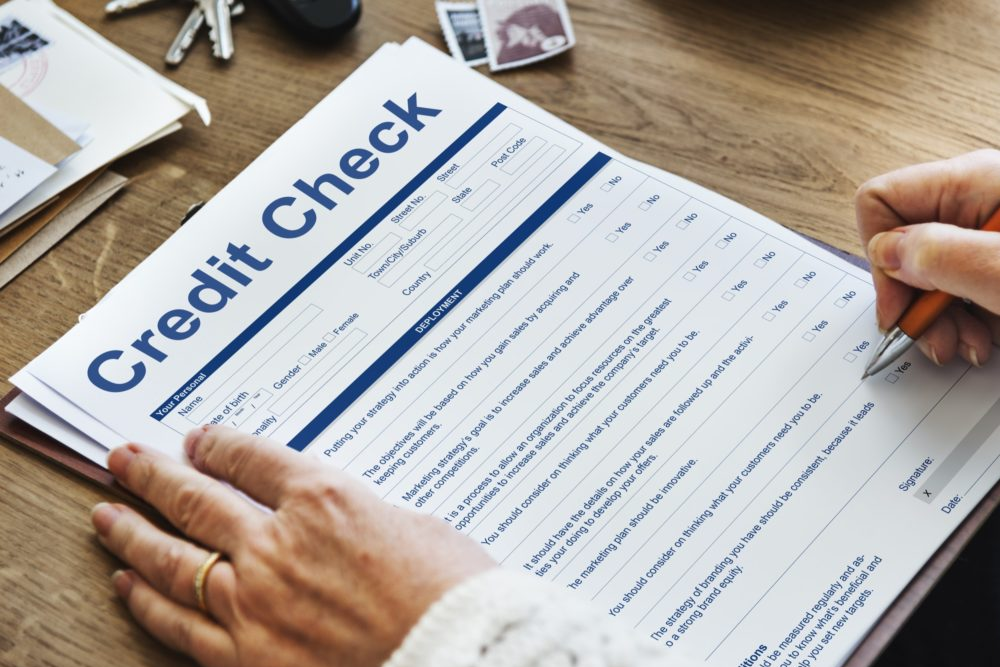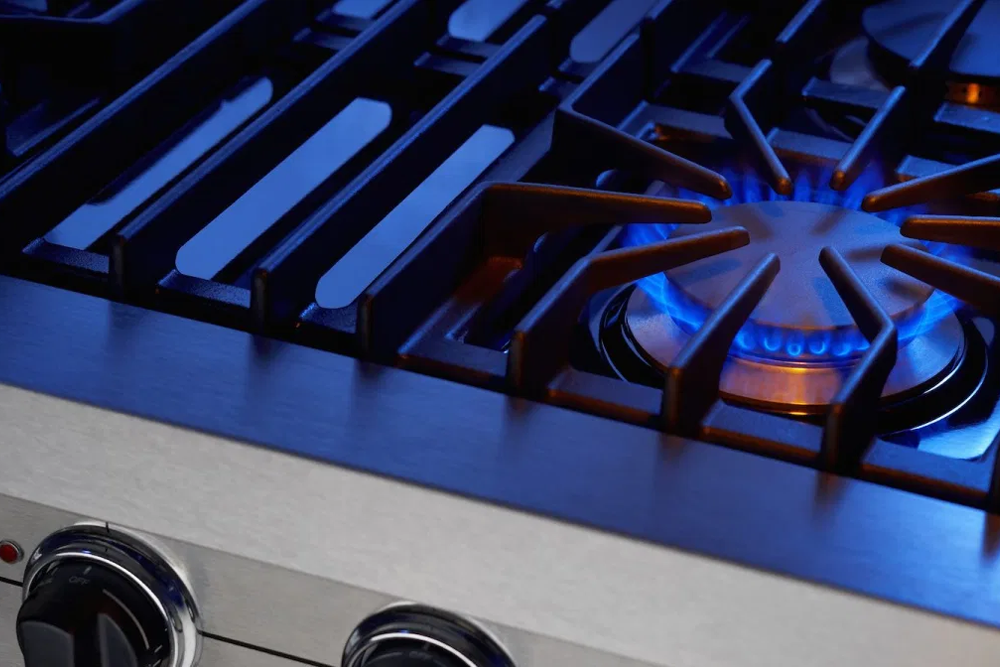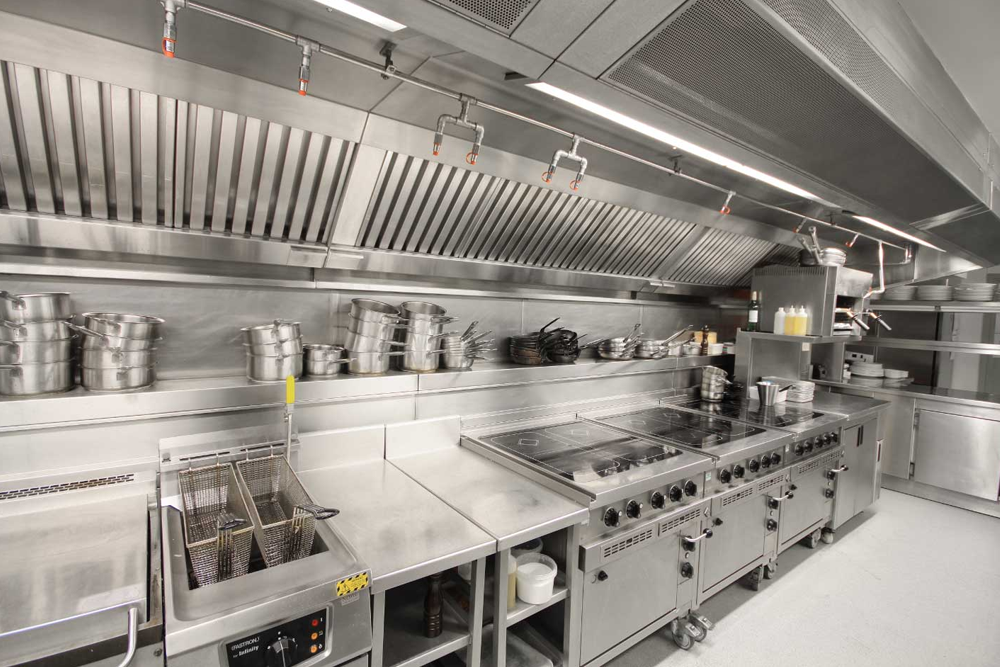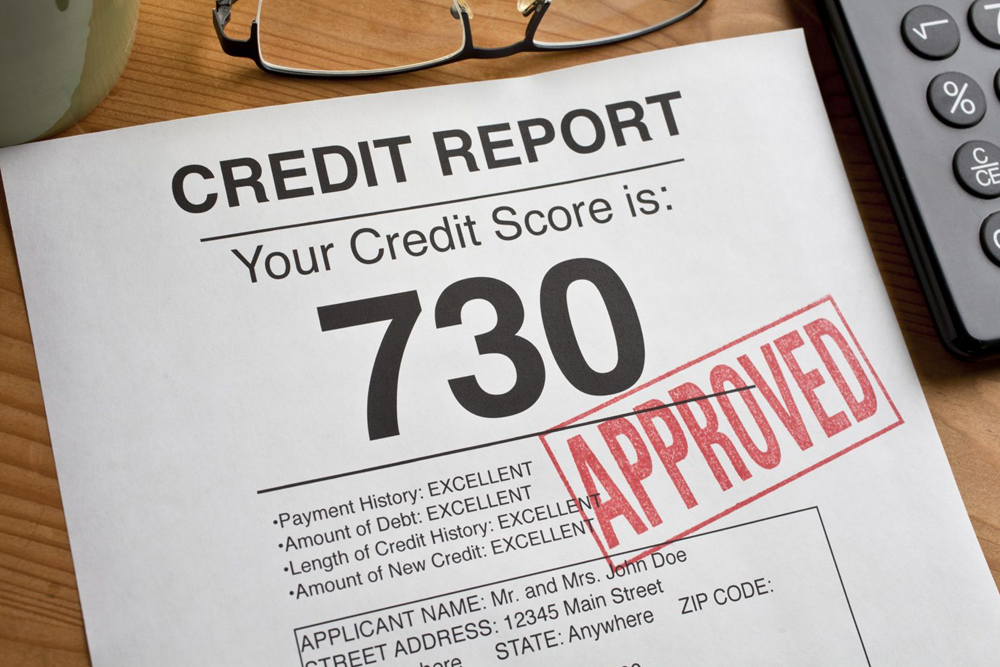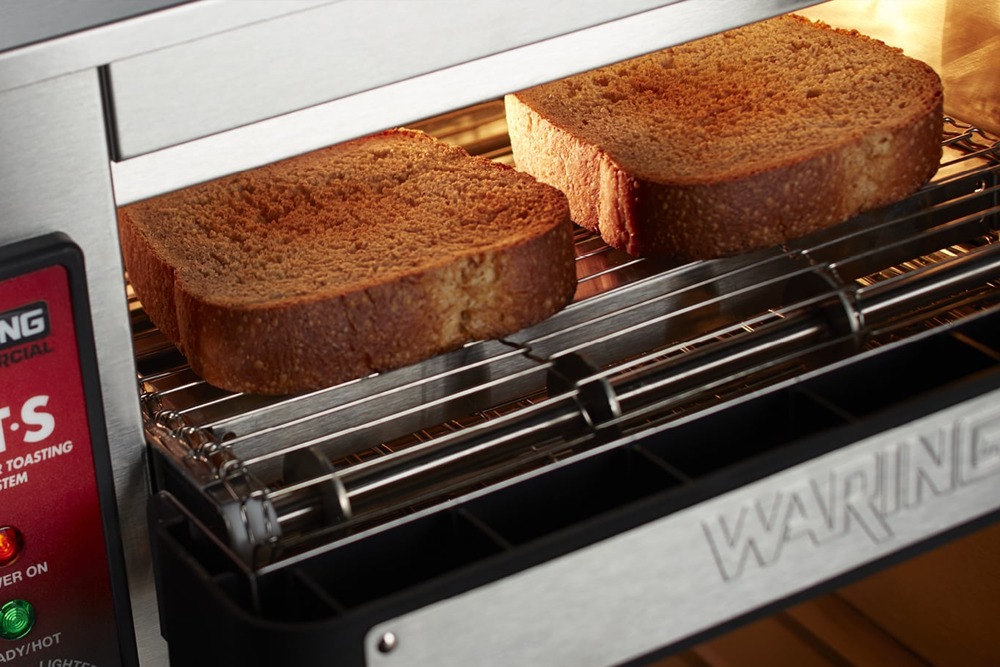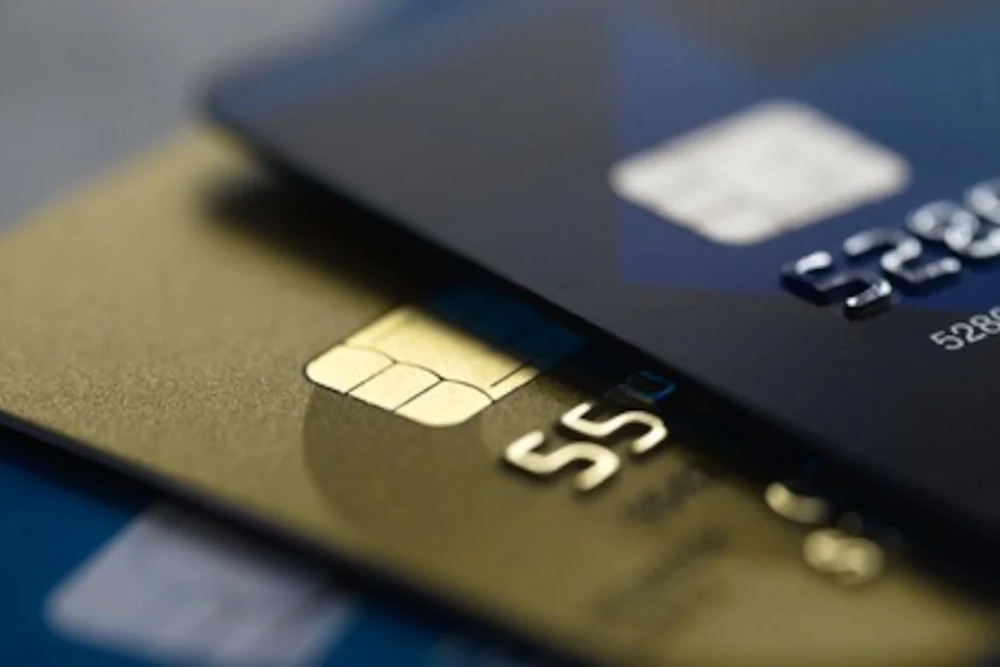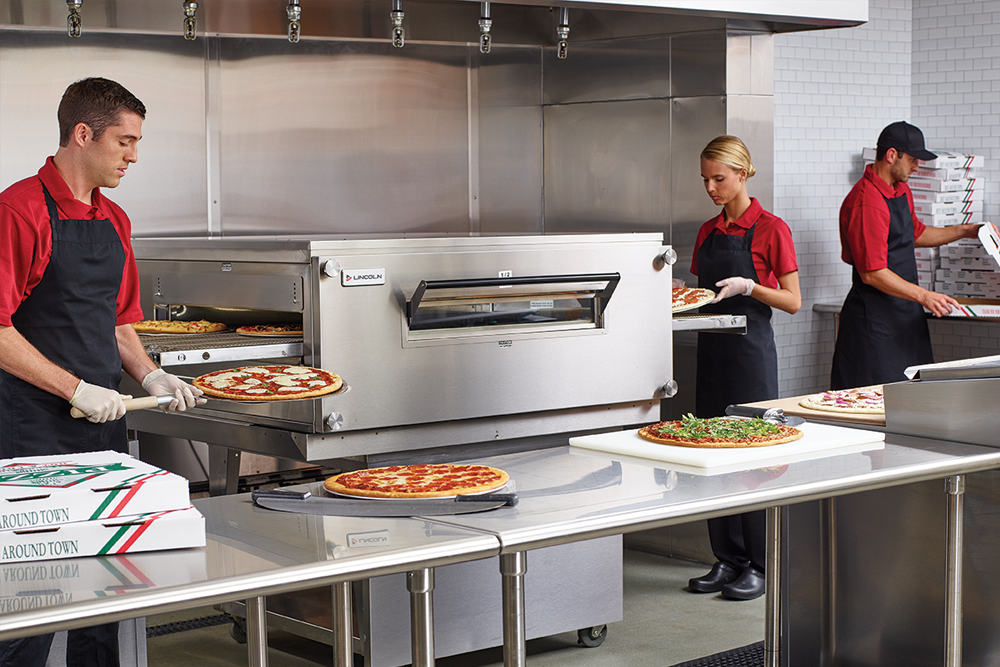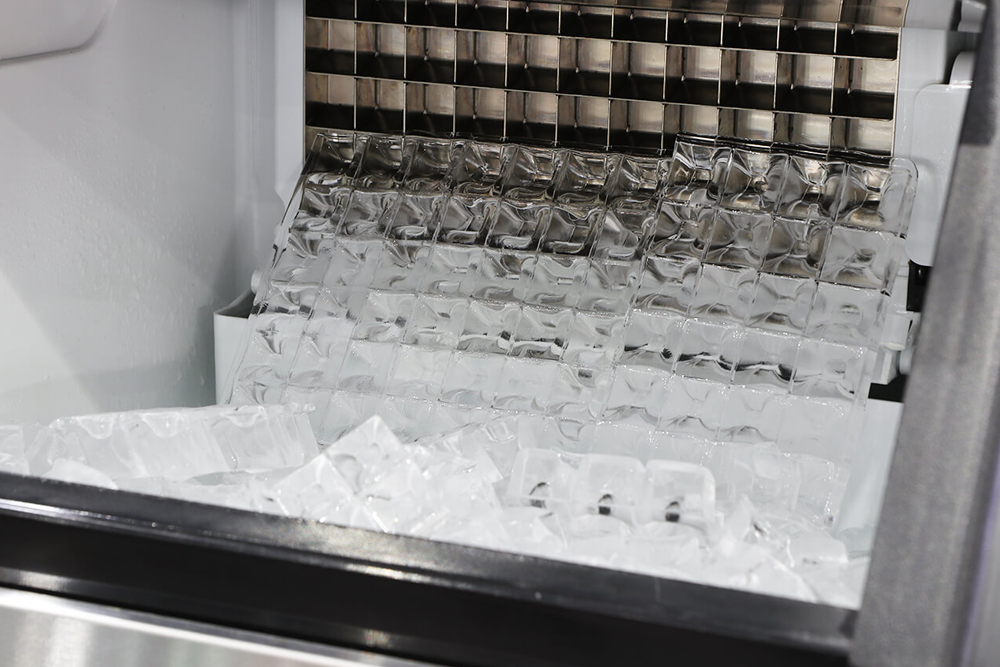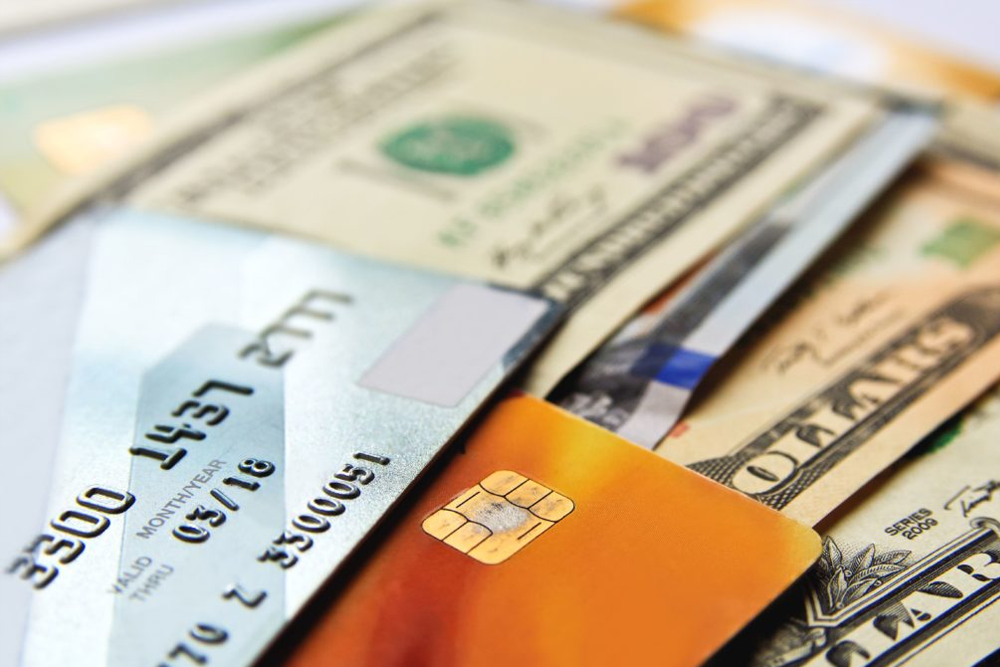Equipment Loan & Leasing Revenue Analysis in Healthcare
Increasing budget constraints forces more and more health systems and healthcare facilities to seek innovative ways to cutting-edge medical technologies while staying cost-effective. One increasingly common option is to lease medical equipment.
Leasing equipment enables practices to offer patient care while conserving money and remaining flexible. As healthcare facilities grow and adapt to the healthcare industry’s ever-changing environment, leasing grants them the flexibility to upgrade or add technology at regular intervals. To assist you in considering the options for your facility, we have outlined the revenue that comes with leasing equipment and compiled a list of benefits explaining why an increasing number of hospitals and health systems are opting to lease instead of buying their medical equipment.
In this post we will discuss:
- Medical equipment return on leasing
- Types of medical equipment lease
- Medical equipment leasing costs
Medical Equipment Return on Leasing
In dealing with hospitals and clinics of all sizes, numerous purchase decisions are made. Sometimes the purchase decision is linked to the direct purchase of medical equipment, and sometimes it is associated with renting rather than purchasing decisions.
As part of the purchase decision, most hospitals make some kind of return calculation to evaluate their medical equipment return on investment. This calculation is either implicit (done in one’s head) or explicit(done in a spreadsheet). The basic decision focuses on the clinic or hospital’s ability to earn its money back after buying the equipment and then go on to make a revenue. In finance, this is generally called an internal rate of return (IRR). It is a comparatively straightforward calculation that will inform you if you are making the right decision in your purchase. The more the internal rate of return, the better the expected financial result. The key inputs to a rate of return calculation are:
- the residual value of the bought equipment at the end of the lease term
- the recurring cost
- the upfront cost
- the net cash flow generated from the underlying equipment
For instance, let us look at the purchase of urodynamics testing equipment and the required peripherals. Your upfront equipment costs would probably be around $40,000. There would then be recurring costs of the maintenance agreement for the equipment, the employee required to perform urodynamics testing, the supplies needed for testing, and other ancillary associated expenses. Typically, your net cash flows would be your reimbursements for the urodynamics testing you perform; you take out the recurring expenses. Then, you must estimate the number of years of wholesome life your equipment will have. After that, project this calculation forward over the period of time of utilization for the given purchased equipment, evaluating the net cash flow. Lastly, you would consider the residual value of the equipment at the end of your analysis duration. For most medical equipment that has been utilized for several years, a safe estimate is a residual value of $0. This combination of inputs results in the IRR.
Several threefold mistakes can occur in the calculation of IRR. First, the full upfront costs might not be adequately calculated. Less obvious costs are usually not factored in. For instance, the required training might be excluded. Also, larger institutions do not factor in the actual costs of the paperwork needed to make a capital purchase. This should be included in the cost of acquisition.
The second scenario is where the recurring expenses are not calculated correctly. In the example we used for urodynamics testing, health care facilities will often underestimate the total costs required to perform this test. It is easy to forget the overhead required for a nurse as an example. Thirdly, clinics and hospitals will overestimate their utilization rates. For instance, if you end up utilizing the equipment at a rate of half what you estimated, it is very easy to end up with a negative internal rate of return rather than a positive internal rate of return. This last scenario of utilization rate projection is usually the most difficult since it requires you to project out over many years what you will be doing. This is always challenging in today’s healthcare world. Many hospitals purchase expensive equipment with the expectation of doing much with it only to lose critical employees later and have the equipment sitting there collecting dust only a year after purchase. In the finance world, this is known as “risk.”
One common way to enhance the internal rate of return is to lower the upfront costs significantly. This can be done by making a lease decision as opposed to a capital purchase decision. An even better option is to be able to pay per use instead of renting a flat monthly payment. However, you should be careful not to run afoul of the regulatory requirements here. Still, if you can create this situation of pay-per-use, you can significantly boost your internal return rate, which greatly affects your profitability. An added advantage of a pay-per-use situation is that it offloads most of your vendor’s risk or counterparty. For instance, if you make a revenue on every procedure done, and there is no way to lose money on a procedure and have near-zero upfront costs, your risk is effectively zero.
Types of Medical Equipment Lease
If you are considering the lease route, here are the two common medical equipment lease types:
- Fair Market value lease
- $ Buyout option purchase option
Fair market value lease/ capital leases
This lease option enables you to obtain the latest equipment at a lower monthly cost. A section of the equipment’s purchase cost is usually deferred to the end of the lease. At that time, you can buy the equipment at fair market value, continue the lease on a month-to-month basis or return the equipment to the financing company.
$1 Buyout option/ operating leases
Most equipment leasing plans have a $1 buyout option. Since the equipment leasing company (lessor) holds the title, they own the equipment at the end of your lease term. A $1 buyout indicates that at the end of the equipment lease term, the lessee can purchase the title to the equipment for $1.
Medical Equipment Leasing Costs
Let us now consider the costs that come with leasing medical equipment:
Short-Term Costs
Based on your medical office’s financial situation, it may be challenging to secure sufficient cash to buy a costly piece of medical equipment outright. For instance, an x-ray system cost can range from $40,000 to $175,000.
Even though borrowing the money is an option you are considering, it can still be challenging for a small or mid-sized clinic office to meet the down payment requirement. If this is the situation for your practice, it does not make financial sense to buy the equipment outright. Leasing might be your best option. Leasing does not require a substantial initial cash outlay, which can benefit health practices that are either low on cash or opt to hold on to their money for other expenditures or working capital.
Long-term costs
Provided the medical equipment has a long useful life and is anticipated only to require cheap routine maintenance, buying the equipment outright will most probably be the best alternative in the long run. If you compare and contrast the monthly lease payments over the lease term to the purchase price, it would appear that leasing would never make good financial sense. Nonetheless, when you own a piece of equipment, you are responsible for all repairs (outside of any warranty period) and maintenance. This can negatively affect medical practices cash flow. Because you can not predict every expenditure that will be linked with the new equipment, it is good to ask other practitioners about their experience with the equipment’s upkeep.
If your questions result in anticipation of some costly repairs down the road, leasing the equipment might be your best bet. Just make sure you are aware of the maintenance and repair costs and soft costs included in the lease terms. You do not want to sign a lease contract only to find out that it stipulates you’re accountable for a considerable number of repair types.
Benefits of Leasing Medical Equipment Financing
By dividing a large capital outlay into smaller installments or offering extra flexibility to the payment schedule, every lease model serves as a financing option that can make the cost of obtaining medical equipment more manageable. Here are some of the benefits of leasing medical equipment:
Capital can be reinvested
Lower original costs linked with lease models indicate that more capital can be reinvested into a business. Rather than an outright purchase that leaves you with negative returns in the short term, leasing medical equipment enables you to avoid a down payment, therefore conserving capital that can be reinvested into your company.
The medical practice equipment will not become obsolete
The high rate of technological advancement decreases the lifespan of any given equipment; depreciation and obsolescence are popular concerns in the medical community, mainly for facilities that need technologically advanced medical equipment like CT scanners and MRI machines.
By leasing equipment and avoiding direct ownership, you are not affected by the equipment’s declining value and are hedged against the potential of obsolescence. When the lease agreement ends, you have many, including options, returns, extensions, and upgrades. The end-of-lease option is for the business owner to decide so that you can make the appropriate decision for your practice.
Access to the latest technologies
Just as it mitigates obsolescence and depreciation, medical equipment leasing also offers you an added advantage of access to the latest technologies. Thus leasing a very attractive choice for facilities that want the newest technology available to attract more patients and expand their clinical capabilities. For instance, while many equipment purchases would mean deferring a replacement or an upgrade until more funds are available, leasing offers the flexibility to upgrade the equipment at the end of the term. This way, you always have the most modern equipment and technology.
More attractive balance sheet
Monthly lease payments are seen as a business expense rather than a long term debt. Having less debt on your balance sheet will help you secure funding from lenders.
You can lease healthcare equipment with a bad credit score
Unlike other types of business financing, you can quickly get equipment leasing with bad credit. However, you have to research lenders before proceeding with the loan application since some financing companies offer bad credit small business loans with unreasonably high interest rates.
Equipment financing and leasing have depreciation and tax benefits
Equipment lease financing presents your company with potential tax benefits. In many cases, leasing provides businesses with a full deduction of lease payments against current earnings and preserves working capital that you would not have access to if you had to purchase your equipment upfront. If your equipment requirements are comparatively small and you have the money or you can acquire low interest rates and lower monthly payments on a loan- then just purchase it.
Equipment leasing providers: Where to get healthcare equipment leasing
| Credit union or Traditional bank | When you are looking for equipment financing, you work with a bank you with regularly |
| Vendor financing | Majority of manufacturers offer equipment financing directly. |
| SBA loans | |
| Equipment leasing companies (online lenders) | Whereas many online lenders specialize in working capital loans, invoice financing and business line of credits there are decent numbers such as Top Financial Resources that provide commercial equipment financing. |
Top Financial Resources offers equipment finance to limitless industries. We can help you find:
- Ultrasound equipment
- Veterinary equipment
- Dental equipment
- Office equipment
- Printing equipment
- Fitness equipment
- Cleaning equipment
One of the benefits of financing equipment with us is that we approve loan or lease applications within 24 hours. This is great news for companies that can’t wait for weeks or months to lease or buy medical devices. Besides, we offer competitive equipment leasing rates.

